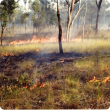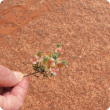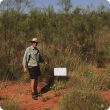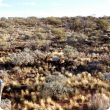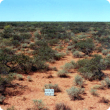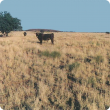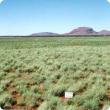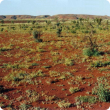Filter by regions:
- (-) Remove Pilbara filter Pilbara
- Gascoyne (560) Apply Gascoyne filter
- Kimberley (551) Apply Kimberley filter
- Goldfields-Esperance (513) Apply Goldfields-Esperance filter
- Mid West (475) Apply Mid West filter
- Wheatbelt (468) Apply Wheatbelt filter
- South West (466) Apply South West filter
- Great Southern (465) Apply Great Southern filter
- Peel (450) Apply Peel filter
- Perth regions (360) Apply Perth regions filter

